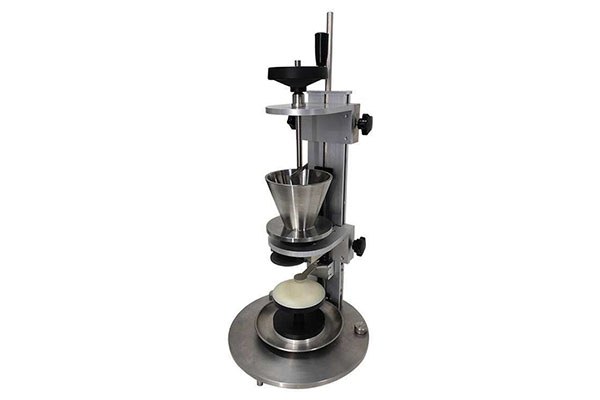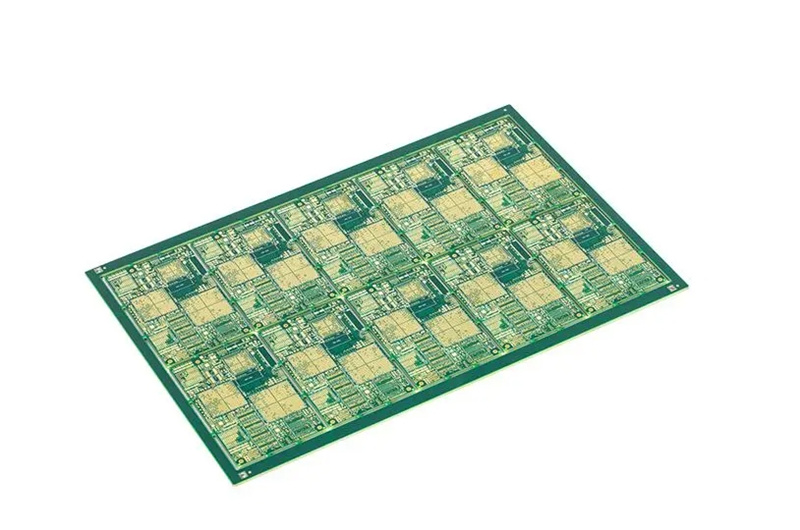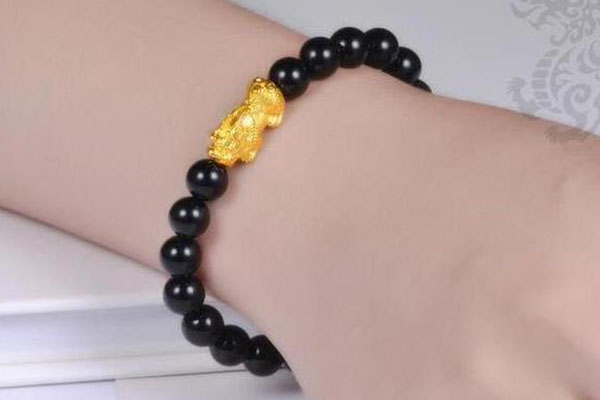True density, bulk density, tap density analyzer and its testing method
Density is an object’s mass divided by its volume. The unit is g/cm3 or kg/m3, and the formula for calculating it is =m/V. In fact, density includes many different ideas, such as “true density,” “tapped density,” “loose density,” “bulk density,” “compacted density,” “apparent density,” “bulk density,” “visible density,” “relative density,” etc.
1) True density
1. Refers to the actual mass of solid matter per unit volume of a material when it is in a dense state, which is the density after pores or spaces between particles have been removed.
2. There are two ways to test: by gas volume and by immersion. The gas volumetric method is also called the helium displacement method because the test is usually done with helium, but nitrogen can also be used. This method is pretty advanced, works well, and meets the requirements. It is widely used right now, and it can test more than just liquids.
2) Tap density
1. The amount of powder in a container after it has been tapped to determine the mass per unit volume under certain conditions.
2. For most tests, a tap density analyzer is used. A graduated cylinder with powder or particles in it is attached to a mechanical vibration device. The vibration motor makes the mechanical vibration device move up and down vertically, and the graduated cylinder with powder or particles in it follows it. There is a beat vibration. The powder or particles in the graduated cylinder are slowly moved as the number of vibrations goes up. After the set number of vibrations, the mechanical vibration device stops vibrating, and the volume of the graduated cylinder is read. Based on the density, mass is divided by volume to find out how dense a powder or particle is after it has been taped.
3) Bulk density
1. It is the bulk density, which is the mass per unit volume of the powder when it is loosely packed in a standard container under certain conditions.
Test methods: There are the funnel method, the Scott volume meter method, and the vibration funnel method.
1) Funnel method. At a certain height, the hole in the funnel lets the powder fall freely into the cup.
2) The Scott method for a volume meter. It is to put the powder on the screen of the upper combined funnel, let it flow into the cloth box on its own or with help, let it pass through four glass plates at an angle of 25 degrees and a square funnel in the cloth box, and then let it fall freely from the funnel hole at a certain height to fill the cup.
3) Method of the vibration funnel. It is to put powder into a funnel with a vibrating device and make it vibrate under certain conditions. With the help of vibration, the powder falls freely from the hole in the funnel at a certain height to fill the cup.
Loose packing density is also called loose bulk density, sparsely filled packing density, bulk density, loose packing density, bulk density, hair body density, and many other names.
What are the influencing factors of powder bulk density?
Shape, size, surface roughness, and particle size distribution affect powder bulk density. The preparation method and circumstances greatly affect these aspects.
Powder density decreases with particle size, asphericity, and surface roughness. Powder particle size composition affects bulk density in multiple ways, including filling voids and bridging. If the latter is predominant, the powder bulk density will drop. In addition to the foregoing parameters, the ball milling duration is usually altered in production, the powder particle’s spherical coefficient is changed, or the powder is sieved and classed.
The closer a particle’s form is spherical, the smaller its voids and, consequently, its bulk density. When the temperature varies, same-material powders’ bulk density fluctuates somewhat. If powder particles expand and contract when heated, the object’s volume will increase, but its mass and density will stay unchanged. Powder’s bulk density changes less with temperature than that of liquids and gases.
Powder bulk density is affected by how the particles are shaped, how big they are, how rough their surfaces are, and how they are spread out.
Bulk Density Testers include the funnel and Stekoson. The conventional loose density tester is funnel-to-container flow; Stekoson The densitometer has a dampening plate. After the powder leaves the funnel, it must travel through multiple dampening plates to reduce the impact force when the particles are injected and ensure a natural space between the particles. The Steco Bulk Density Tester measures high-density metal particles.
Measuring principle of funnel loose density tester
The Bulk Density Tester is ideal for funnels with 5 mm pores that cannot flow freely and for powders with quickly changing characteristics by the vibrating funnel method. The test measures the time it takes 50g of metal powder to flow down a conventional funnel with a set aperture. Powder funnel aperture falls to fill the cup. Loose powder density is mass per unit volume.
Scott’s Bulk Density Tester premise
The powder is poured into the sieve in the upper combination funnel, flows into the cloth box naturally or by external force, alternatively passes through four glass plates with a 25° inclination angle in the cloth box and square funnel, and then flows into a cylindrical cup of known volume. The cup’s powder is weighed.
Powder bulk density measurement in ceramic applications
Particle shape and bulk density
In addition to the density of the raw material, the form, size, size distribution, and surface condition of the powder all affect its bulk density.
The more irregular the powder’s shape, the lower its bulk density. The irregular the powder, the higher the specific surface, the greater the friction between particles, thus the bulk density is lower. Similarly, the smaller the powder particles, the larger the specific surface, so the finer the powder.
Bulk Density and Forming Pressure
Lower bulk density, irregular form, higher surface area, and lower pressing pressure can help powder particles “bite” well.
Bulk Density and Sintering Temperature
As the bulk density of the powder grows while employing the same formula, particle sizes, and bulk densities to press the green body for sintering, so does the sintering temperature. For powders with the same particle size and bulk density, spherical powders have a higher sintering temperature.
The higher the powder’s bulk density, the smoother its surface, the smaller the particles’ contact area after formation, and the higher the sintering temperature. The smaller the bulk density of the powder, the higher its surface activity, which is more favorable to the creation of the sintered body. Therefore, the sintering temperature is considerably lower.
Bulk Density and Material Structure
The form of the powder affects ceramics’ air permeability. When porosity and particle size are the same, an irregular powder form reduces air permeability.
Compared to components made with the same process system and flow rate, components made from spherical powder let less air through, so the pressure drop between them and the air is smaller. Powder-made parts are more air permeable.
The higher the powder’s bulk density, the more regular its shape, the smoother the surface of the manufactured material, and the better its permeability. Sintered porous material made from spherical powder has a smoother microporous surface.
Bulk Density and Porcelain Strength
The higher the powder’s bulk density, the more regular its shape, the smaller the contact area between powder particles, the narrower the sintering neck, and the lower the product’s strength and performance.
Summarize
- The bulk density of the powder depends on the shape, particle size, particle size distribution, and surface state of the powder particles.
- The forming pressure of the material increases with the bulk density of the raw material powder.
- The sintering temperature required for powder materials of the same particle size increases with the bulk density of the raw material powder.
- Spherical powders with a high bulk density require a higher sintering temperature than irregular powders.
- The bulk density of the raw material powder affects the strength of ceramic products. When particle size and preparation procedure are the same, smaller bulk density powder products can be stronger.
- Bulk density can affect the green body’s shrinkage rate, an important process parameter in powder molding die design.
Steco Bulk Density Tester sampling:
- When measuring powder density, divide a 100cm3 sample into three pieces.
- The powder should be dried depending on the receiving state. Easily oxidized powder should be dried under a vacuum or inert atmosphere. Volatile powders can’t be dried.
Steps:
- Carefully put powder on the upper combination funnel’s screen, pass through the cloth box and square funnel, and fill the cylindrical cup until it overflows.
- If necessary, use a soft brush to brush powder through the screen. If invalid, the metal powder isn’t acceptable for the Scott volumetric method.
- Using a stainless steel plate, scrape the overflowing powder. Do not squeeze the powder or shake the cup.
- After scraping, tap the cup lightly to make the powder settle. The exterior surface of the cup should not be contaminated with powder.
- Weigh the metal powder to a weight of 0.05g.





Leave a Reply
You must be logged in to post a comment.